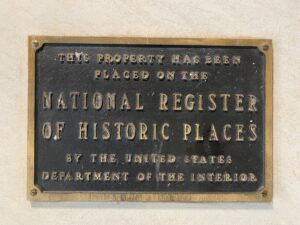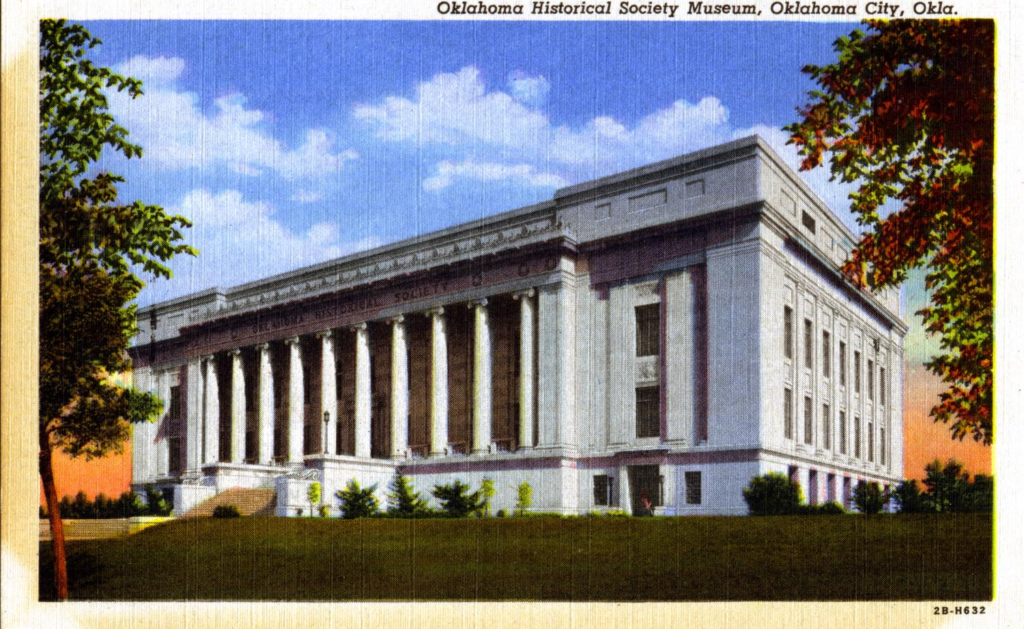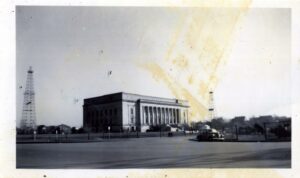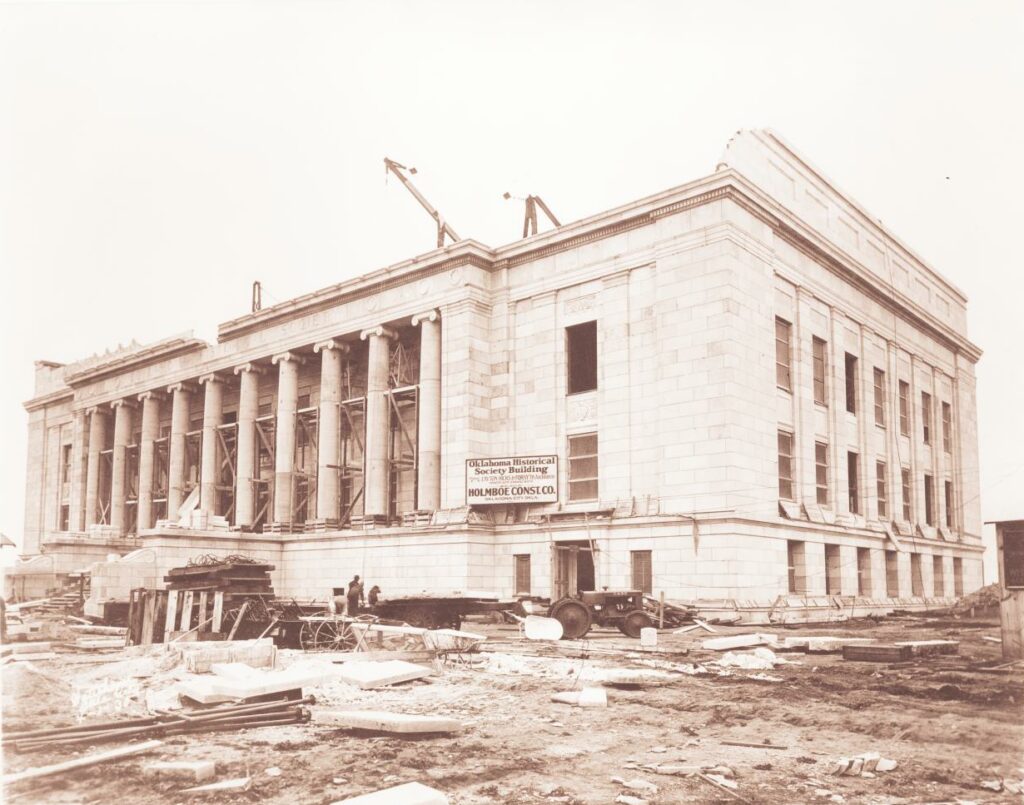
The transformation of the Oklahoma History Center took over thirty years. It was destined to house the courts from the day it was built. The building at 2100 N. Lincoln is closely associated with two former chief justices. Chief Justice Robert L. Williams, who later became governor, secured the funding for the building. He was president of the Historical Society when it moved into the building in 1929. After thirty years and three bond issues, it officially became a building for the judiciary in 2011. We tried to tell the history of the state, and of the judiciary, through the art in the building. The Judicial Center houses a museum quality collection which is detailed in a corresponding book, Art of the Judicial Center. More than one-third of the money designated for public art in the building was spent on restoration of the Veteran’s Memorial. Our heroes gave their lives to defend the liberties afforded us by the United States and Oklahoma Constitutions. This building belongs to the people of Oklahoma. Please visit it and enjoy what it represents.
The Oklahoma Historical Society, previously located within the Capitol building, faced increasing competition for space in the Capitol from its own growth and that of other state agencies. Gov. William J. Holloway approved legislation allocating $500,000 for the construction of a new building for the Society. After touring several cities around the country, the construction committee selected the Minnesota Historical Society Building in Saint Paul as a prototype.
Architect Solomon Andrew Layton whose firm, Layton, Hicks & Forsyth, served as the building’s architect. Holmboe Construction Co. built the structure, which was completed in 1930.
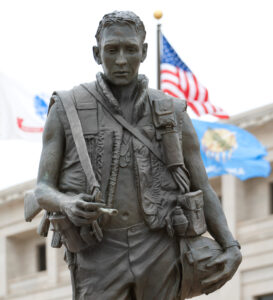
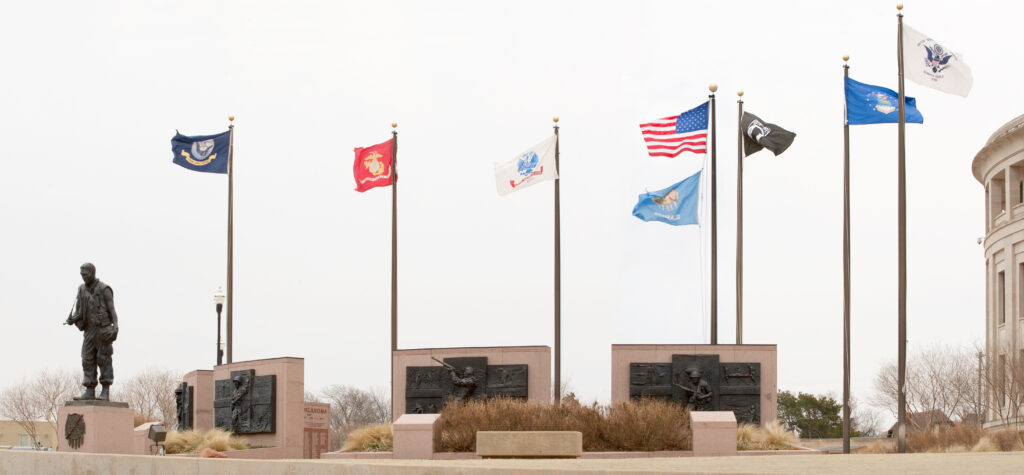
The Oklahoma American Legion war memorial site was dedicated on November 11,1969 with the memorial constructed in 1986. This memorial features an eternal flame and four separate sculptures honoring veterans of World War I, World War II, the Korean War, and the Vietnam War.
The Oklahoma Historical Society Building was added to the National Register of Historic Places on February 21, 1990.
The Oklahoma Historical Society relocated to the Oklahoma History Center in 2005. In 2011, following a $35 million program involving a historic rehabilitation of the original building and the construction of the adjacent annex designed by TAP Architecture, the building reopened as the Oklahoma Judicial Center.
